![]() — หน้าแรก — สาระน่ารู้
— หน้าแรก — สาระน่ารู้
สาระน่ารู้
-

ข้อมูลเกี่ยวกับธุรกิจ e-commerce ในเมียนมา จากกการบรรยายของนาย Sumit Jasoria ผู้จัดการเว็บไซต์ shop.com เมียนมา เมื่อวันที่ ๒๗ กรกฎาคม ๒๕๖๐
ภาพรวมของ e-commerce ทั่วโลก E-commerce หรือพาณิชย์อิเล็กทรอนิกส์คือ การทำธุรกรรมหรือธุรกิจผ่านอินเตอร์เน็ต โดยในปี ๒๕๖๐ e-commerce ทั่วโลกมีมูลค่าราว ๒.๐๕ ล้านล้านดอลลาร์สหรัฐ และนักวิเคราะห์คาดการณ์ว่ามูลค่าจะเพิ่มขึ้นสูงถึง ๓.๐๕ ล้านล้านดอลลาร์สหรัฐ ภายในปี ๒๕๖๑ นอกจากนั้น จำนวนการค้าปลีกผ่าน e-commerce ยังมีการเติบโตอย่างต่อเนื่องทุกปี ปัจจุบันมีจีนและสหรัฐอเมริกาเป็นผู้นำของโลกในด้าน e-commerce ทั้งนี้เมื่อปี ๒๕๕๘ จีนและสหรัฐฯ มีการค้าปลีกในอินเตอร์เน็ตรวมกันมากกว่าร้อยละ ๕๕ ของโลก และมีการประมาณการว่า การใช้ e-commerce ผ่านโทรศัพท์มือถือได้โตถึงร้อยละ ๕๐ ของตลาด e-commerce เมื่อปี ๒๕๕๙ อย่างไรก็ดี แม้ว่าพ่อค้าปลีกจะพยายามผลักดันกลยุทธ์ออนไลน์และมีลูกค้ามาเยี่ยมชมออนไลน์มากขึ้น แต่ขณะนี้ คนยังสนใจการซื้อขายโดยตรงที่ร้านค้ามากกว่าการซื้อขายออนไลน์ -
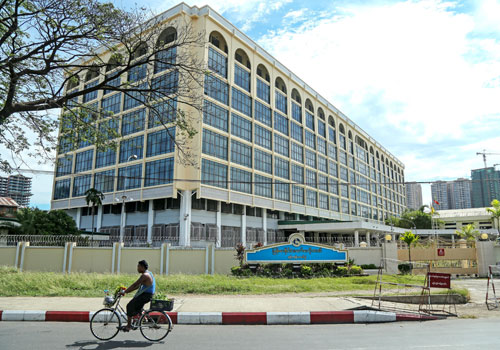
Update เศรษฐกิจเมียนมา
ในปี ๒๕๖๐ สถาบันการเงินระหว่างประเทศได้คาดการณ์ว่าเศรษฐกิจเมียนมาจะเติบโตประมาณร้อยละ ๖ – ๗.๓ ซึ่งจะใกล้เคียงกับการเติบโตของเศรษฐกิจเมียนมาเมื่อปี ๒๕๕๙ ซึ่งอยู่ที่ร้อยละ ๖.๕ ตามข้อมูลของกระทรวงวางแผนและการคลังของเมียนมา ทั้งนี้ รัฐบาลเมียนมายังคงเดินหน้าปฏิรูปเศรษฐกิจอย่างต่อเนื่อง และมีพัฒนาการที่น่าสนใจในช่วงกลางปี ๒๕๖๐ ดังนี้ -
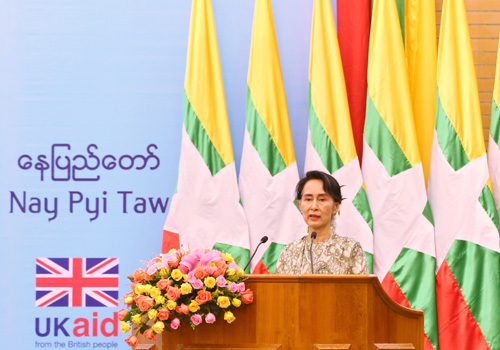
State Counsellor holds Meeting with Myanmar Banking Sector to Discuss Obstacles, Collaboration, and Future Direction
State Counsellor Daw Aung San Suu Kyi held a meeting with the Myanmar banking sector on 15 August 2017. She allowed private bankers to present obstacles in the current banking system, under existing Central Bank regulations. The discussions can be summarized as follows: - The State Counsellor encouraged bankers to collaborate and hold regular meetings with the Central Bank in order to improve the banking sector. She also encouraged bankers to invest in other “important, essential sectors” in the country. -
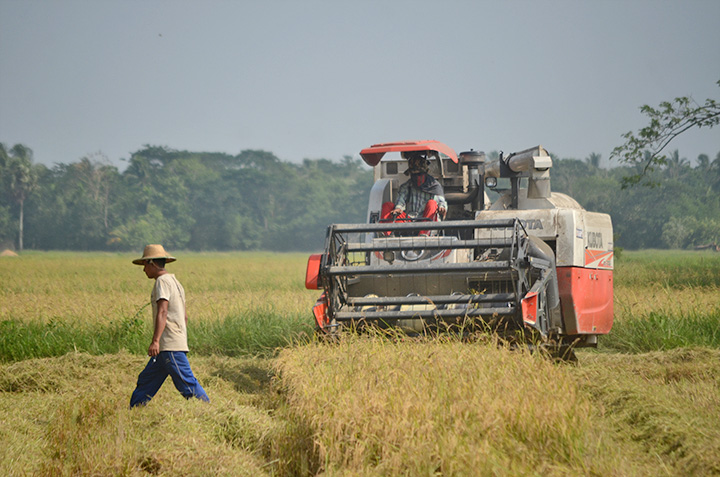
Non-paper - 3 Aug 2017 - Opportunities and Challenges in Myanmar's Agricultural Sector
In Myanmar, the agriculture sector plays an important role in the country’s economy, as agricultural products are the second largest export commodity. The World Bank estimated that agricultural products account for 38% of national GDP and 23% of total exports. 70% of Myanmar’s population lives in rural areas, which mainly depend on farmland and forests for their livelihoods. As a result, the agriculture sector is one of the important driving forces of rural development. At present, the government is reforming policies and laws to govern the country’s agricultural sector and achieve targets under the economic plan of July 2016. It is estimated that less than 1% of foreign investment has contributed to the agricultural sector. However, some agricultural activities have attracted investment from foreign entities, such as China, Thailand, South Korea, and Japan. For instance, China has invested in sugarcane and fruit plantations, while Thailand has invested in vegetable and fruit plantations throughout the country. -
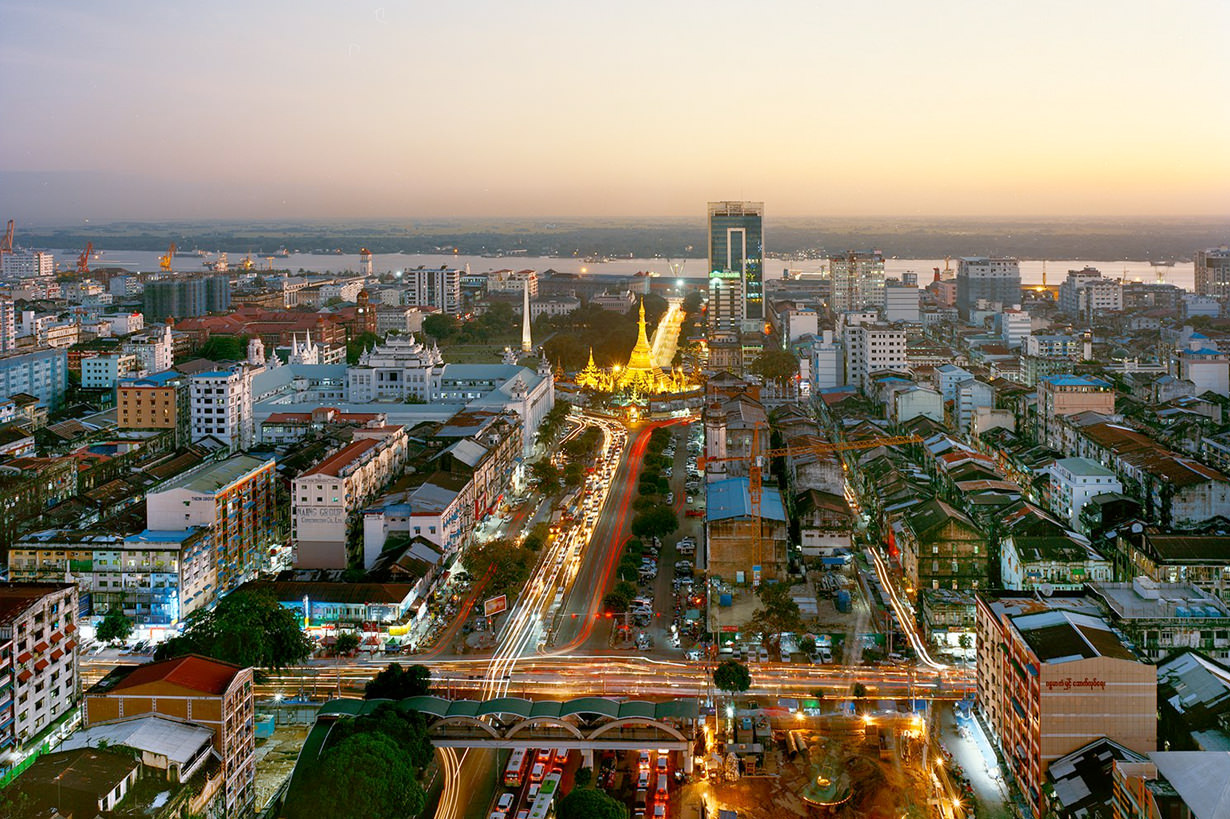
Non-paper - 29 July 2017 - กฎมายการลงทุนของเมียนมา (Myanmar Investment Law - MIL)
MIL เป็นการนำเนื้อหาของกฎหมายการลงทุนโดยชาวต่างชาติ และกฎหมายการลงทุนโดยชาวเมียนมามารวมเป็นฉบับเดียวกัน เนื่องจากได้รับข้อร้องเรียนเกี่ยวกับความไม่เป็นธรรม ของกฎหมายทั้ง ๒ ฉบับ จากนักลงทุนท้องถิ่นและชาวต่างชาติ อีกทั้ง Organization for Economic Co-operation and Development (OECD) ก็มีข้อเสนอแนะให้เมียนมาปรับกฎหมายการลงทุนเป็นฉบับเดียว โดยในการยกร่างกฎหมายลงทุนฉบับใหม่ หน่วยงานเมียนมาได้ศึกษาแนวปฏิบัติ ที่ดีจากประเทศสมาชิกอาเซียนอื่น ๆ ด้วย สรุปสาระสำคัญของ MIL ดังนี้ (๑) การจัดเตรียมเอกสารน้อยลง แต่เดิมนักลงทุนจำเป็นต้องเตรียมเอกสารหลายฉบับเพื่อมอบให้คณะกรรมการลงทุนของเมียนมา (Myanmar Investment Commission – MIC) ประกอบการพิจารณาข้อเสนอโครงการ โดย MIC จะประสานงานกับหน่วยงานต่าง ๆ อาทิ กระทรวงมหาดไทยเรื่องการใช้ที่ดิน และกระทรวงเกษตร เรื่องการลงทุนด้านเกษตร เพื่อร่วมพิจารณาข้อเสนอ ทำให้กระบวนการพิจารณาข้อเสนอโครงการลงทุนใช้เวลานาน -
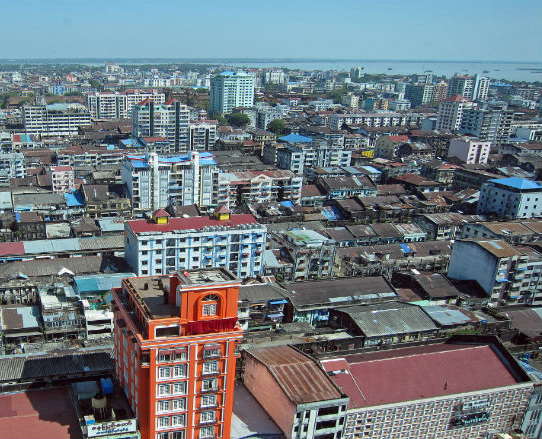
Non-paper - 26 July 2017 - Update on Myanmar's Economic Policy
Myanmar attracted US$ 6.6 billion from foreign direct investment (FDI) in the 2016-2017 fiscal year, which ended in March 2017, according to statistics from the Directorate of Investment and Company Administration (DICA). It was the first decline in international inflows since the 2012-2013 fiscal year. This signifies that the revision and update of laws and economic policies for Myanmar are essential in order to reverse the downward economic trend, as Myanmar relies heavily on investment. Although the Myanmar government is focused on building its economic vision based on the 12 point economic policy from July 2016, investors remain cautious about the government and its economic policies. As a result, analysts and businessmen have recommended that the government take steps to improve economic policies, in order to sustain investors’ confidence. Subsequently, the new Myanmar Investment Law (MIL) came into force at the beginning of April 2017 this fiscal year. -
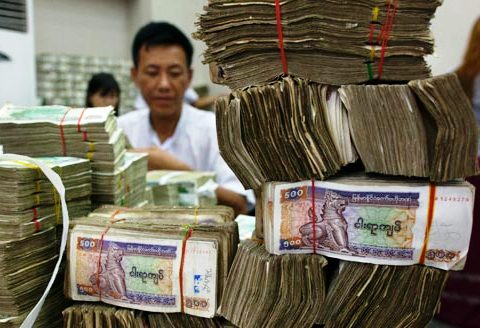
Non-paper - 29 June 2017 - Myanmar's banking sector
The financial system plays a significant role in the development of a country’s economy. It also contributes towards a large number of employment, and provides necessary funds to various economic agents to enjoy sustainable economic growth. Since the political reforms of 2011, the Banks and Financial Institutions Law of Myanmar has been passed by Parliament in 2016. In the past, the Financial Institutions Law of Myanmar, which was enacted in 1990, only provided very general rules for local financial institutions. However, the new rules include a wide range of guidelines on commercial banks, state-owned banks, private enterprises, and foreign banks. The new law stipulates a minimum capital requirement of 20 billion Kyat, and also states that the lender needs to keep 5 percent of customer deposits as cash with the Central Bank. Compared to other ASEAN member states, the contribution of Myanmar’s banking sector to the country’s economy is limited. Myanmar has the lowest banking assets-to-GDP ratio in ASEAN. However, the banking asset growth rate is 18% which is the fastest growth rate in the region. Since 2013, banks and other financial service providers have been expending non-cash payment system in the country. -

Non-paper - 22 May 2017 - Intellectual Property Rights in Myanmar
At present, Myanmar does not have adequate intellectual property rights (IP). Patent, trademark and copyrights regulations are antiquated and insufficient. Moreover, there is no IP governing body and judicial court specifically dealing with intellectual property rights. However, although there are no substantive laws on intellectual property rights, these rights are domestically protected by the following existing laws in Myanmar. -
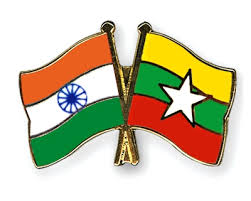
Non-paper - 19 April 2017 - Economic Opportunities on the Myanmar-India Border
Sagaing Region Profile Location: northwest side of Myanmar Shared borders: Sagaing Region shares a long border with India, where it is adjoined to the State of Nagaland, Arunachal Pradesh, and Manipur. It also shares a boundary with Kachin State, Shan State, Magway Region and Mandalay Region. Area: 93,527 sq.km (the second largest constituent unit of Myanmar) Population: 5,325,347 (according to the Myanmar National Population and Housing Census 2014), or 10.3 percent of the total population of Myanmar. Population density: 56.8 persons per square kilometer, which ranks 9th in state population density in Myanmar. For the population in urban and rural areas, the census results showed that for every 100 persons, 83 persons live in rural areas while 17 persons live in urban areas. -

Update เศรษฐกิจเมียนมา ณ วันที่ ๓๐ มีนาคม ๒๕๖๐
ในช่วงต้นปี ๒๕๖๐ จนถึงสิ้นปีงบประมาณ (ของเมียนมา) เมื่อวันที่ ๓๐ มีนาคม ๒๕๖๐ รัฐบาลเมียนมายังคงถูกวิภาควิจารณ์เกี่ยวกับการดำเนินงานด้านเศรษฐกิจ และประสบกับประเด็น ท้าทายต่าง ๆ อย่างไรก็ดี รัฐบาลยังเดินหน้าปรับปรุงกฎหมายด้านเศรษฐกิจอย่างต่อเนื่อง โดยมีโอกาสสำหรับนักธุรกิจไทยที่จะขยายความร่วมมือและการลงทุนในเมียนมา ดังนี้ ๑. ภาพรวมด้านเศรษฐกิจ แม้เศรษฐกิจเมียนมามีศักยภาพสูง แต่ยังประสบกับประเด็นท้าทายเรื่องการบริหารจัดการด้านเศรษฐกิจ อัตราเงินเฟ้อสูง ข้อจำกัดในการปล่อยเงินกู้แก่ภาคการเกษตร และ SMEs และการขาดดุลทางการค้า ดังนี้
Copyright © 2014 Business Information Center All Rights Reserved.







